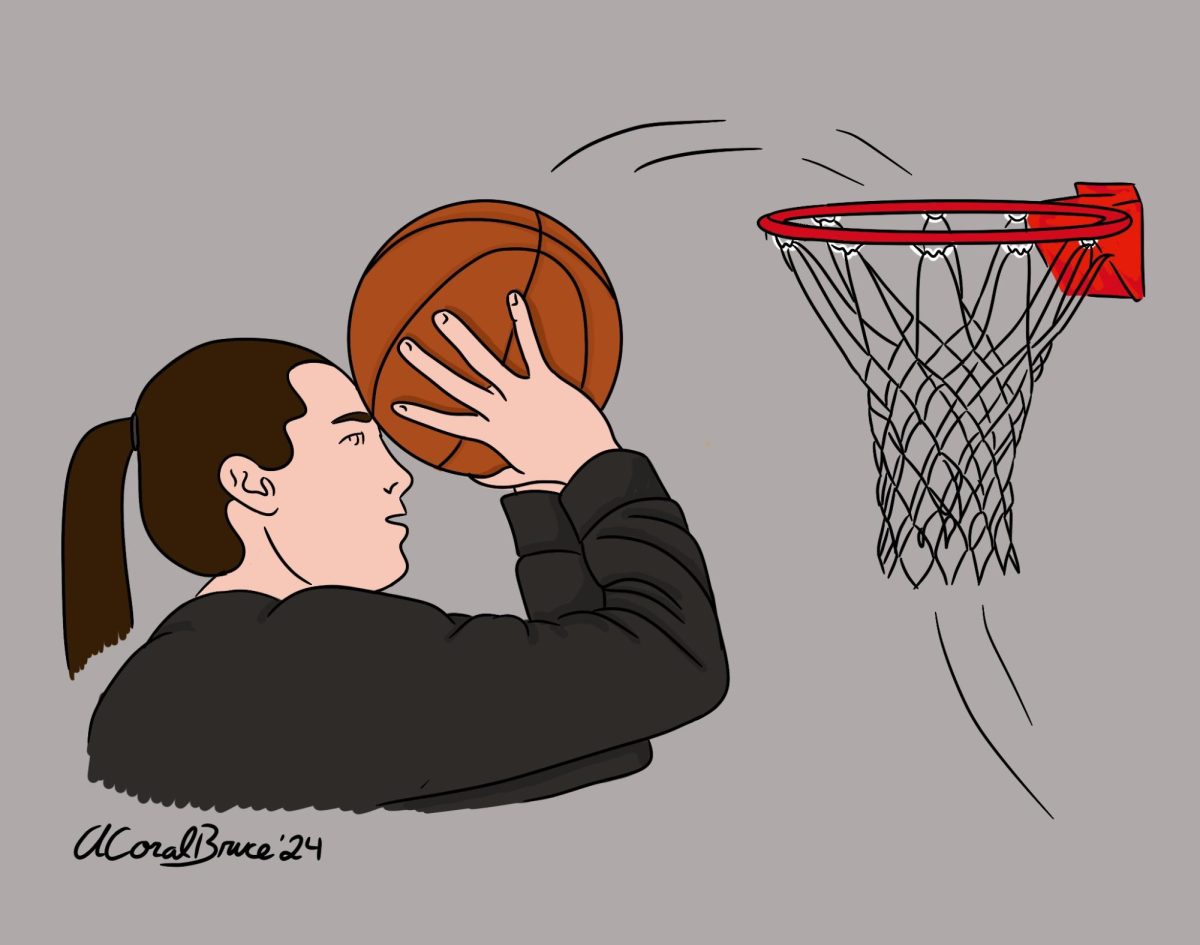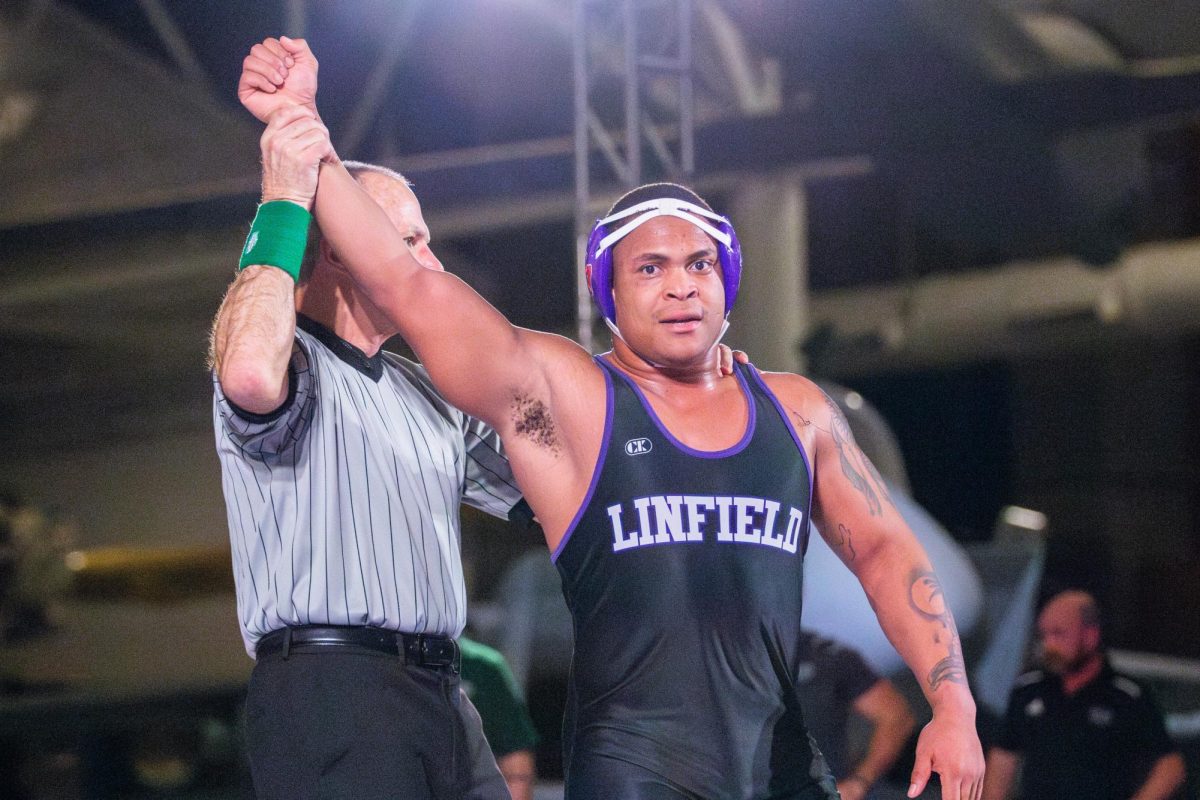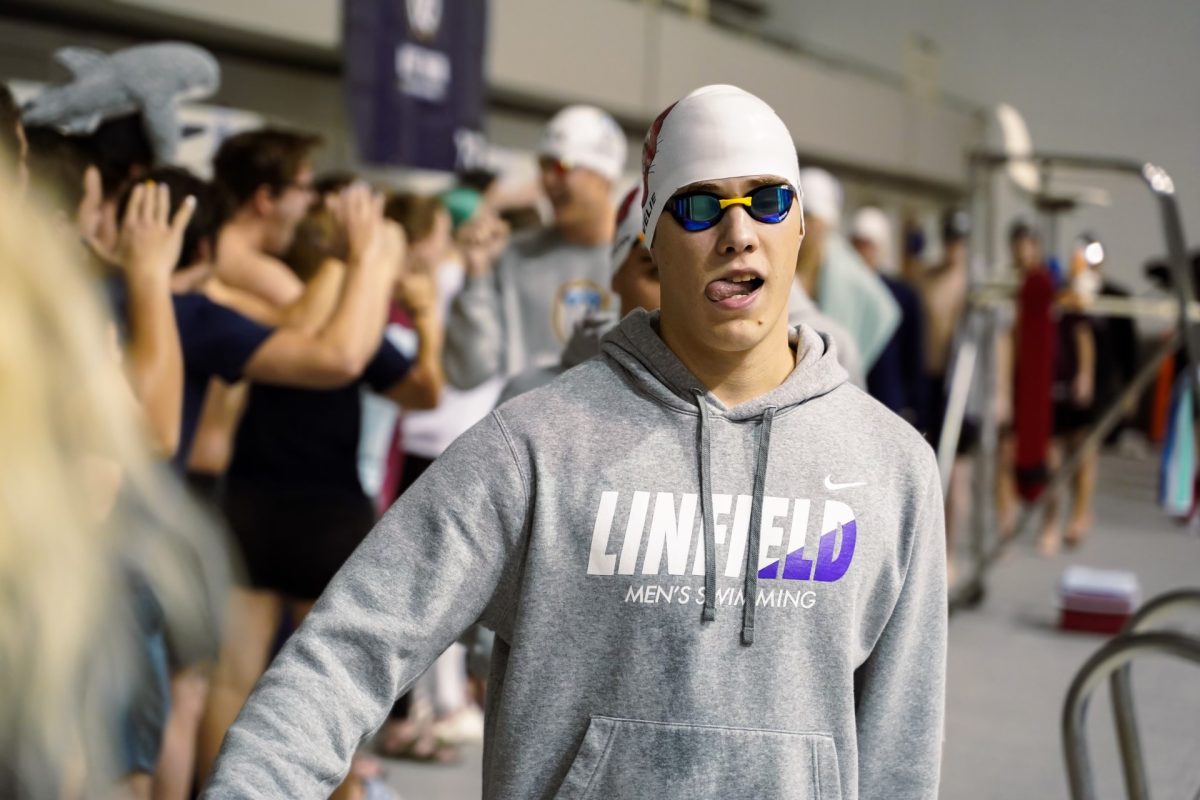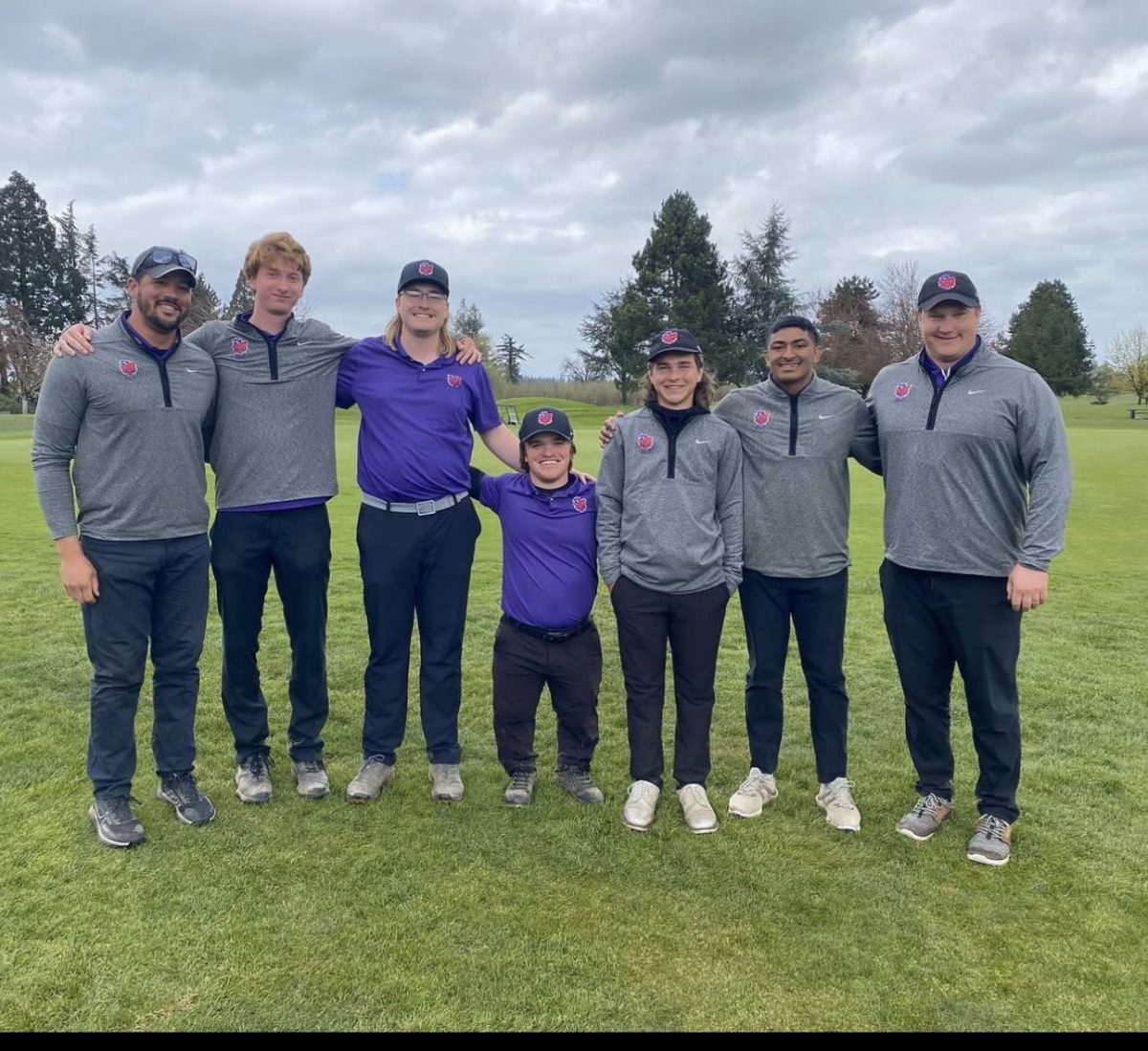A few weeks ago, I wrote an article about the controversy surrounding Northwestern University football team’s authorization to unionize. The decision was granted by the National Labor Relations Board in Chicago claiming that the Northwestern University football players have the right to unionize based on the amount of time (50-60 hours a week) that they dedicate to the sport without monetary compensation.
There are a lot of facets to the pay for play controversy I would like to clear up.
The fact that revenue generated from sporting events can help fund other facilities of big institutions is actually not true. Although there is an enormous amount of revenue generated by Division I schools, there are also a lot of expenses such as facility maintenance, medical expenses and coaches salary before the school can make a profit. However, 82 percent of Football Bowl Division (FBS) schools actually take a loss after the season is over with the average loss of about $11.6 million.
The money big institutions revenue usually comes from state funding and gets organized into a college general fund. This fund is used for academic purposes and other aspects of school life. However, the money that is made in sports does not go back into the college. The college board of trustees determines how much of its general fund helps to support college athletics, but to say that revenues from Division I sports is responsible for funding a substantial amount of academic expenses is incorrect.
However some higher revenue sports like basketball and football cross-subsidized their profits to other less popular sports programs. In this way, higher revenue sports such as football and basketball can help fund less popular sports like golf and tennis.
There are limitations on how much athletes can receive according to NCAA rules and regulations. For example, athletes are not allowed to re-sell team apparel for profit of any kind while they are affiliated with the team. There were also regulations on food for Division I athletes, however after a backlash from students in 2012, the NCAA has since changed the regulations on how much food players are allowed to consume.
One of the things the Northwestern football team want to earn from their authorization to unionize is workmen’s compensation through more four year scholarships. There are two different types of scholarships. There are equivalency scholarships for non-revenue sports and head count scholarships that are typically used for high generating revenue sports. The equivalency scholarships are divided amongst the players on a team and are renewable every year. These scholarships are utilized by sports teams because there are typically less players and less competition between athletes to receive spots on the team. Head count scholarships on the other hand are usually 85 full-ride scholarships with no compensation for walk-on players. The sports that utilize these scholarships (such as basketball and football) use these scholarships because football and basketball bring in a ton of revenue and players are usually not willing to play for a Division I sport team without a full ride scholarship.
So Northwestern football players want four year scholarships for their student athletes, is that really a bad thing? Well, it actually can be. One of the major concerns for the NCAA is that athletes will take the offer of a guaranteed four year scholarship and choose not to compete after the first year.
It is evident that the controversy over Northwestern University football program’s pay for play is much deeper an issue than initially anticipated. A lot of these issues are deeply ingrained in the culture of modern day sports. The culture entails that making money is just as important as the enjoyment of the sport and I think that this is where the problem in modern day sports lies.
Camille Weber/Sports columnist






